
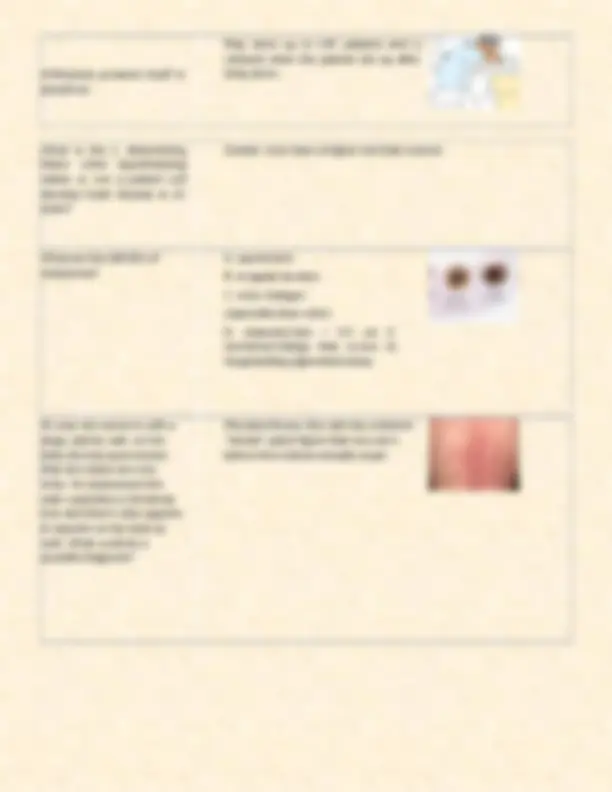
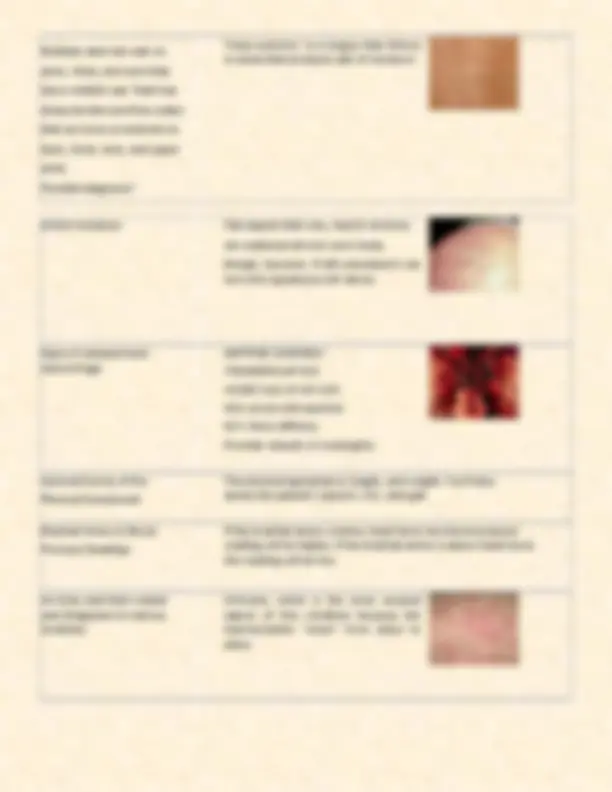
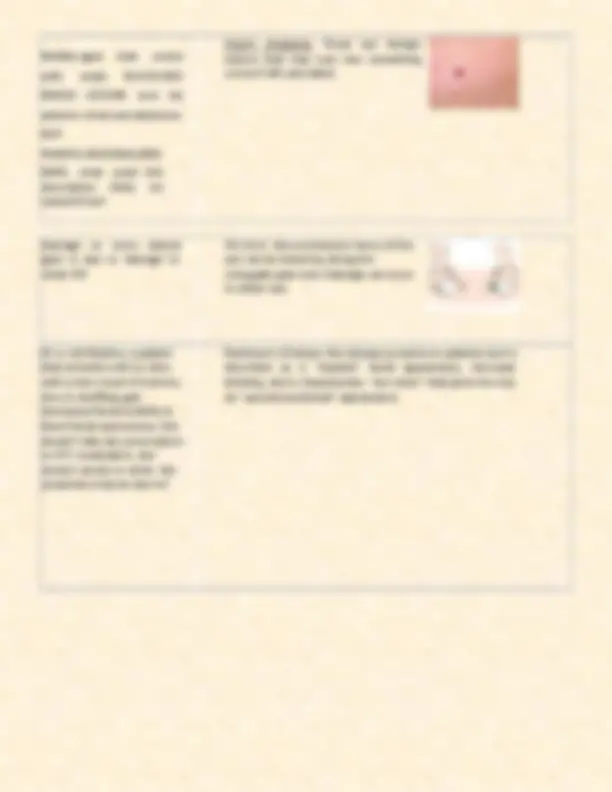
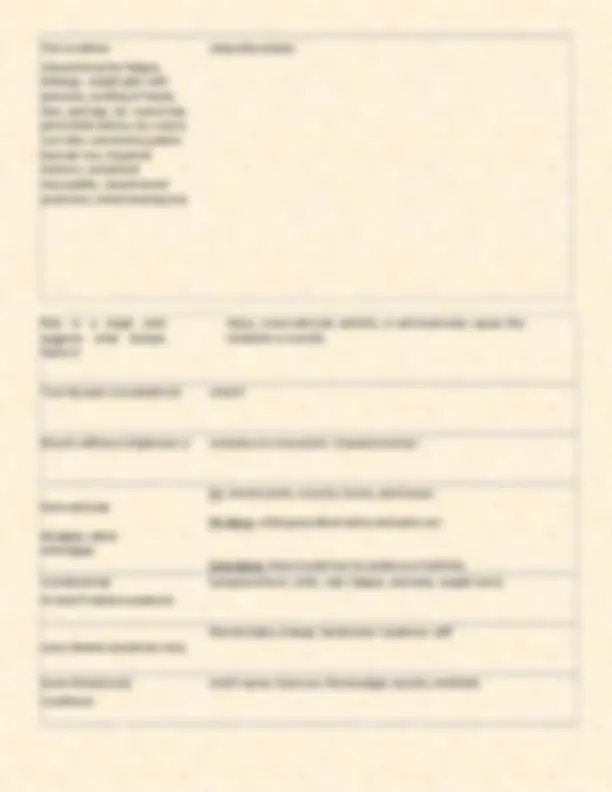
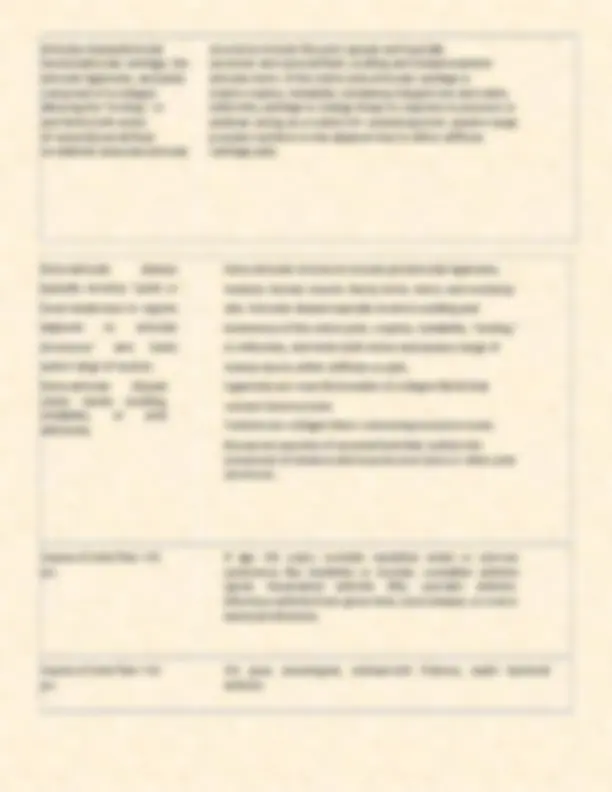
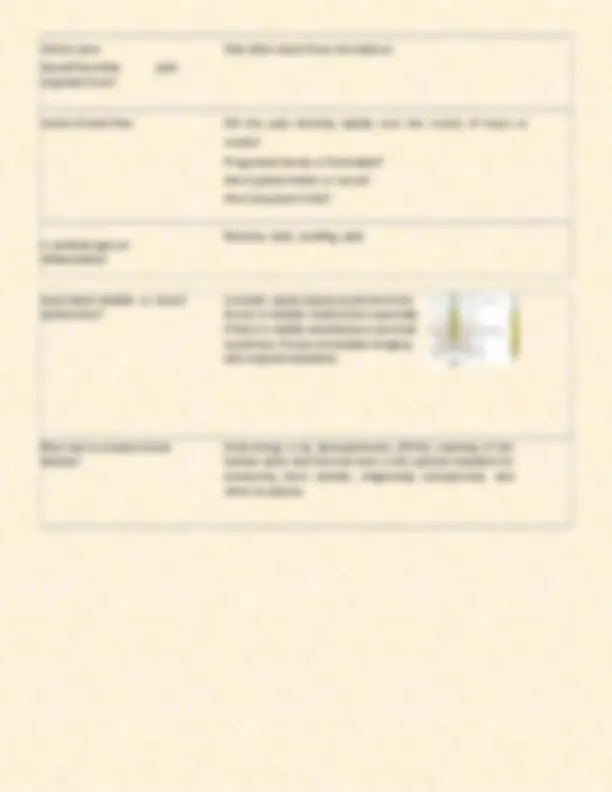
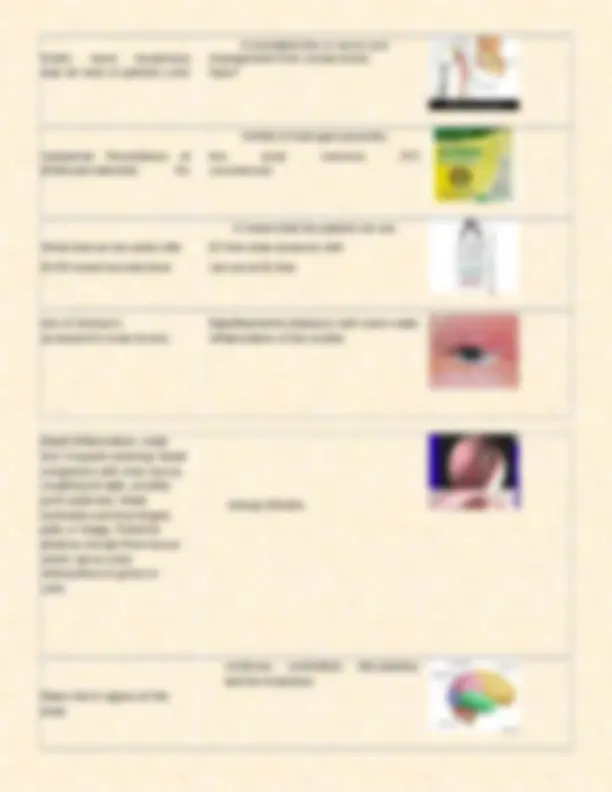
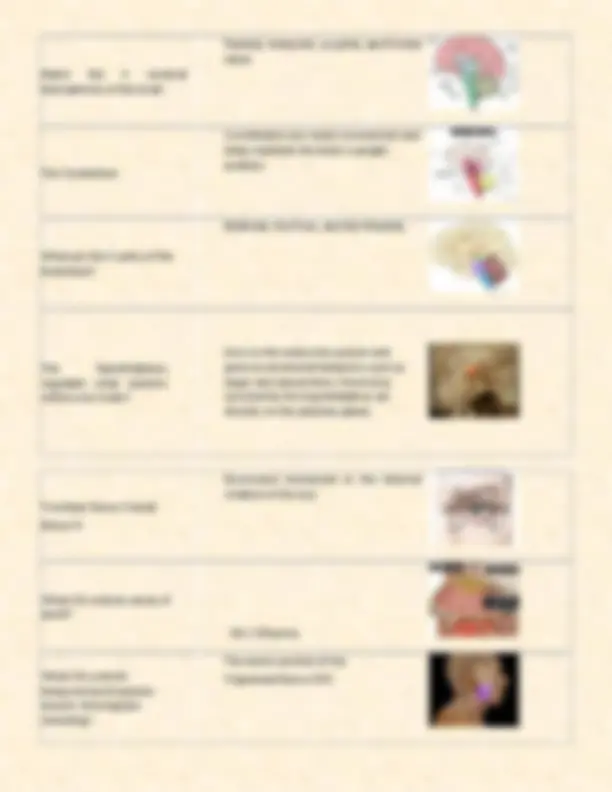


Study with the several resources on Docsity

Earn points by helping other students or get them with a premium plan


Prepare for your exams
Study with the several resources on Docsity

Earn points to download
Earn points by helping other students or get them with a premium plan
Community
Ask the community for help and clear up your study doubts
Discover the best universities in your country according to Docsity users
Free resources
Download our free guides on studying techniques, anxiety management strategies, and thesis advice from Docsity tutors
Advanced health assessment NR-509 / NR 509 Newest 2025/2026 / Expert Verified Actual Questions & Answers for Guaranteed Pass | Newest Update, 2025-2026. Terms in this set (73) Crepitus A grating or grinding sensation caused by fractured bone ends or joints rubbing together; also air bubbles under the skin that produce a crackling sound or crinkly feeling. can be with or without pain. Retractions Occurs in severe asthma, COPD, or any upper airway obstruction. What is fremitus? Fremitus refers to the palpable vibrations that are transmitted through the bronchopulmonary tree to the chest wall as the patient is speaking and is normally symmetric. Where should one palpate when assessing for fremitus? Fremitus is typically more prominent in the inter-scapular area than in the lower lung fields over the right lung fields, and it is easy to detect other the right lung vs the left lung. It disappears below the diaphragm.
Typology: Exams
1 / 14

This page cannot be seen from the preview
Don't miss anything!









Crepitus A grating or grinding sensation caused by fractured bone ends or joints rubbing together; also air bubbles under the skin that produce a crackling sound or crinkly feeling. can be with or without pain. Retractions Occurs in severe asthma, COPD, or any upper airway obstruction. What is fremitus? Fremitus refers to the palpable vibrations that are transmitted through the bronchopulmonary tree to the chest wall as the patient is speaking and is normally symmetric. Where should one palpate when assessing for fremitus? Fremitus is typically more prominent in the inter-scapular area than in the lower lung fields over the right lung fields, and it is easy to detect other the right lung vs the left lung. It disappears below the diaphragm.
What would cause tactile fremitus to be decreased? Asymmetric decreased fremitus raises the likelihood of unilateral pleural effusion, pneumothorax, or neoplasm. What is the purpose of percussion? Percussion sets the chest wall and underlying tissues in motion, producing audible sound and palpable vibrations. Percussion helps you establish whether the underlying tissues are air-filled, fluid-filled, or consolidated. 62 yr old male, everyday smoker, chronic cough, some SOB. He says he's had some nasal drainage but nothing else. Vital signs are normal, but he has decreased breath sounds in all lung fields. No dullness, fremitus, positive for rhonchi. What can be the cause of his symptoms? COPD: affects smokers and those of older age. Exam: barrel chest Ausc: Rhonchi, decreased breath sounds. Percussion: Hyperresonance What valve is responsible for the inspiratory splitting of S heart sound? Closure of the aortic & pulmonic valves Where would the provider more than likely hear a heart murmur ONLY over the cardiac apex? Mitral valve: MV murmurs are best heard over this area.
Multiple dark-tan rash on arms, chest, and neck that has a reddish cast. Rash has sharp borders and fine scales that are more prominent on back, chest, neck, and upper arms. Possible diagnosis? Tinea vesicolor: is a fungus that thrives in areas that produces alot of moisture. Actinic keratosis Flat papule that's dry, hard & at times are scattered all over one's body. Benign, however, if left untreated it can turn into squamous cell cancer. Signs of subarachnoid hemorrhage
H/A worse with exertion N/V, Neck stiffness Provider should r/o meningitis. General Survey of the Physical Assessment The physical appearance, height, and weight. You'll also assess the patient's speech, LOC, and gait. Brachial Artery & Blood Pressure Readings If the brachial artery is below heart level, the blood pressure reading will be higher; if the brachial artery is above heart level, the reading will be low. An itchy rash that's raised and disappears in various locations. Urticaria, which is the most unusual aspect of this condition because the lesions/rashes "move" from place to place.
Middle-aged man comes with small, BLOOD-RED RAISED LESIONS over his anterior chest and abdomen. NOT PAINFUL/BLEEDING/BRU ISING. what could this description likely be caused from? Cherry Angioma. These are benign lesions that may turn into something worse if left untreated. Damage to one's lateral gaze is due to damage to what CN? CN (VI) 6. this oculomotor nerve of the eye can be tested by doing the conjugate gaze test. Damage can occur to either eye. 92 yr old Martha, a patient that presents with to clinic with a new onset of tremors, slow & shuffling gait, decreased facial mobility & blunt facial expressions. She doesn't take any prescription or OTC medication, she doesn't smoke or drink. Her symptoms may be due to? Parkinson's Disease; this disease presents in patients and is described as a "masked" facial appearance, decrease blinking, and a characteristic "eye stare" that gives the eye an "upward positional" appearance.
Triangular thickening of the bulbar conjunctiva that across the outer surface of the cornea may represent what condition? Pterygium is a triangular thickening of the bulbar conjunctiva that grows slowly across the outer surface of the cornea, usually from the inner corner of
60 yr old presents to the clinic with a one-sided headache. Patient states her headache just "started all of a sudden" and her vision became blurry in one eye, but her eye isn't hurting. What could be the cause of her condition? Yes; a new, sudden onset of a unilateral painless headache, with decreased vision in one eye, may signify a retinal detachment. fyi: corneal ulcers, acute angle glaucoma accompanies pain. Cotton-Wool Patches are white or grayish, ovoid lesions with irregular "soft" borders caused Name this conditionby microinfarcts of the retinal called?nerve fiber layer. Seen in hypertension, diabetes, HIV and other viruses, and numerous other conditions. Very large amounts of blood in the vomit Hematemesis
This condition isHypothyroidism characterized by fatigue, lethargy, weight gain with anorexia, swelling of hands, face, and legs. dry coarse hair, periorbital edema, dry coarse, cool skin; sometimes patient has hair loss. Impaired memory, peripheral neuropathy, carpal tunnel syndrome, mixed hearing loss. Pain in a single joint suggests what disease factors? Injury, mono-articular arthritis, or extra-articular causes like tendinitis or bursitis. True hip pain is locatedGroin where? Muscle stiffness isTightness or resistance to movement. characterized by? EA: involve joints, muscles, bones, and tissues. Extra-articular Myalgias: what generalized aches and pains are Myalgias called. Arthralgias Arthralgias: there is pain but no evidence of arthritis. Constitutional SymptomsFever, chills, rash, fatigue, anorexia, weight loss & of Joint Problemsweakness Mental status change, facial/other weakness, stiff Lyme disease symptoms neck. Some Nonarticular JointTrauma, fractures, fibromyalgia, bursitis, tendinitis Conditions
Where does Sacral/Sacroiliac pain originate from? Pain often stems from the buttock. Onset of Joint Pain Did the pain develop rapidly over the course of hours or weeks? Progressed slowly or fluctuated? Has it gotten better or worse? How long does it last? 4 cardinal signs of inflammation Redness, heat, swelling, pain Associated bladder or bowel dysfunction? Consider cauda equina syndrome from bowel or bladder dysfunction especially if there is saddle anesthesia or perineal numbness. Pursue immediate imaging and surgical evaluation. Best way to measure bone density? Dual-energy x-ray absorptiometry (DEXA) scanning of the lumbar spine and femoral neck is the optimal standard for measuring bone density, diagnosing osteoporosis, and other tx options.
generates a 10-year osteoporotic fracture risk based on age; gender; weight; height; parental fracture history; use of glucocorticoids; presence of RA or conditions associated with secondary osteoporosis; tobacco and heavy alcohol use; and, when available, femoral neck BMD. Calcium Calcium, the most abundant mineral in the body, is essential for bone health, muscle function, nerve transmission, vascular function, and intracellular signaling and hormonal secretion. Where does the body store 99% of its calcium? Teeth & Bones How does our body best store serum calcium? Our body relies on BONE TISSUE and not Dietary Calcium to maintain stable concentrations in the blood, muscle, and intracellular fluid. True or False. Biophosphates, calcitonin, parathyroid hormone, in addition to postmenopausal estrogen
True. biophosphates are considered 1st line tx for osteoporosis. Studies also show that these minerals also help prevent VERTEBRAL FRACTURES in postmenopausal women. What are some of the common characteristics of a person who falls alot? Risk factors for falls include increasing age, impaired gait and balance, postural hypotension, loss of strength, medication use, comorbid illness, depression, cognitive impairment, and visual deficits.
A herniated disc or nerve root Sciatic nerve tenderness impingement from a mass lesion. may be seen in patient's who have? Similar to hydrogen peroxide; Carbamide Peroxideone of the most common OTC (Debrox)treatments for cerumenosis. It means that the patient can see What does an eye exam ofat 20 feet what someone with 20/40 mean?normal vision can see at 40 feet. Use of Johnson's BabyBlepharitis shampoo with warm water as needed to treat chronic inflammation of the eyelids. Nasal inflammation, nasal itch, frequent sneezing. Nasal congestion with clear mucus, coughing at night, possibly post-nasal drip. Nasal turbinates are blue-tinged, pale, or boggy. Posterior pharynx reveals thick mucus which can be clear- whiteyellow-to green in color. Allergic Rhinitis Name the 4 regions of the brain cerebrum, cerebellum, diecephalon, and the brainstem
Name the 4 cerebral hemispheres of the brain Parietal, temporal, occipital, and frontal lobes. The Cerebellum Coordinates your body's movement and helps maintain the body's upright position. What are the 3 parts of the brainstem? Midbrain, the Pons, and the Medulla. The Hypothalamus regulates what systems within your brain? Acts on the endocrine system and governs emotional behaviors such as anger and sexual drive. Hormones secreted by the hypothalamus act directly on the pituitary gland. Trochlear Nerve Cranial Nerve IV Downward movement or the internal rotation of the eye. What CN controls sense of smell? CN 1 Olfactory What CN controls temporal and masseter muscle chewing/jaw clenching? The motor portion of the Trigeminal Nerve CN 5